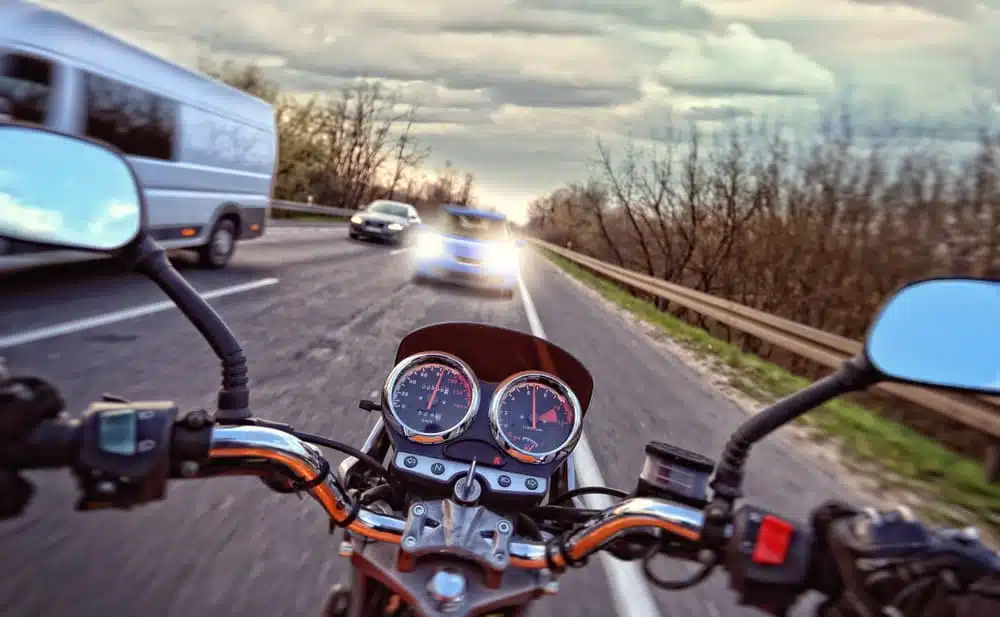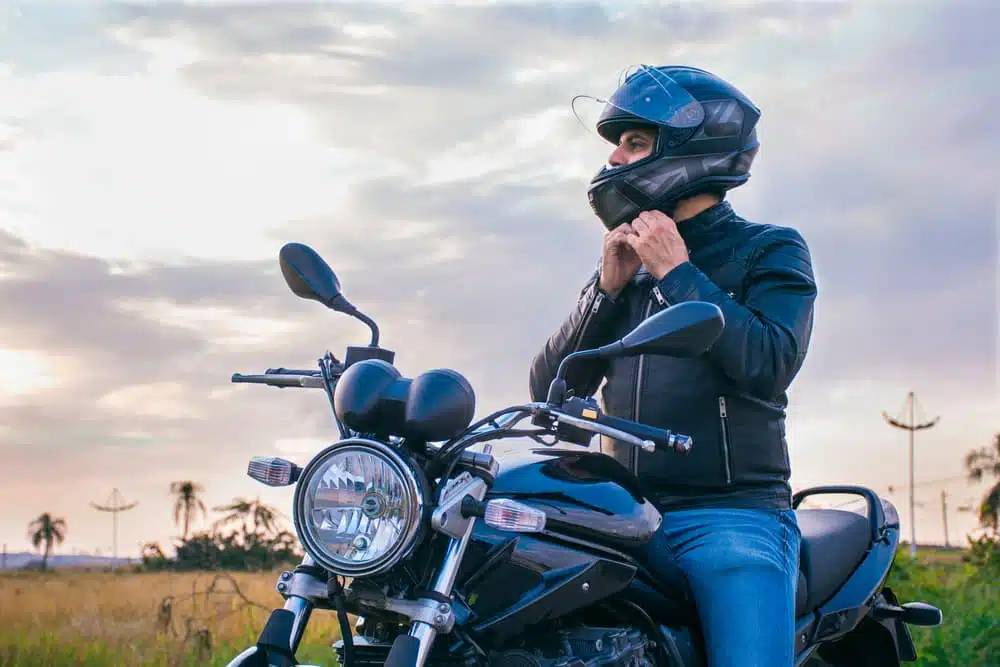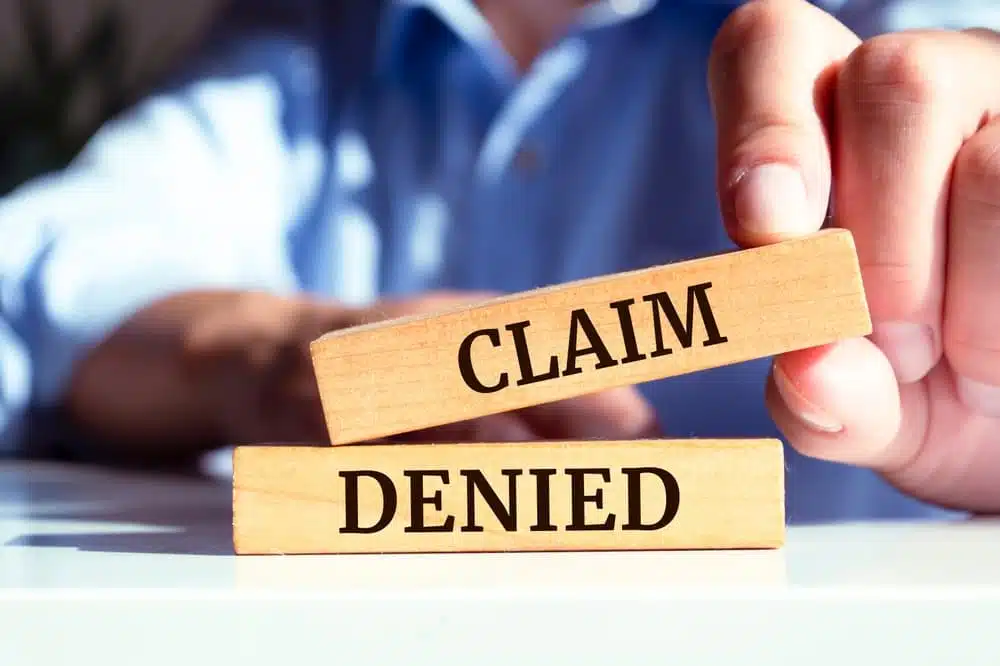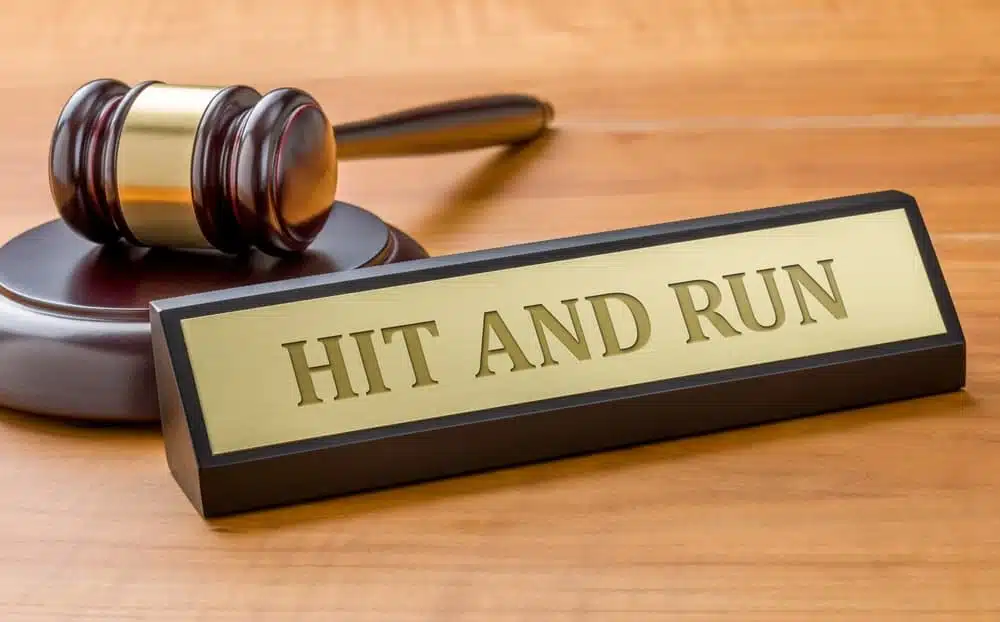
Whether or not a motorcycle can stop faster than a car depends on various factors, including the speed at which each vehicle is traveling, the skill of the driver, and the specific type of bike and car trying to stop.
If you have ever driven a car or a motorcycle and had to stop suddenly, you have likely felt the same struggle to manage the vehicle while slamming on the brakes. A motorcycle and a car can be hard to stop when traveling too fast.
A common reason accidents occur between motorcycles and cars is when one or the other vehicle driver decides to follow too closely. If you are on a motorcycle and think you can stop faster, you may follow a car more closely than you should.
On the other hand, if you are in a car and think you can stop fast enough to avoid the motorcycle moving slowly, you may decide to follow the motorcycle more closely than you should.
Regardless of who can stop faster, it is never a good idea for drivers to follow one another too closely because they believe they will be faster at stopping their vehicles.
However, some drivers still make such unwise decisions. If you have been injured in an accident because someone chose to drive carelessly on their car or motorcycle, you are not alone. Seek legal guidance to see what kind of compensation you can recover after such an accident.
What Laws Govern Motorcycle Riders and Car Drivers?
Most states, including California, have a set of laws and guidelines for how cars and motorcycles can properly share the road. These laws and guidelines apply to drivers of motorcycles and cars after obtaining their licenses.
Following all the rules does not make someone a talented driver, and it is still crucial to watch for others on the road to help ensure you do not hurt anyone.
Motorcycle Riders
There are a few basic guidelines that guide the movements of motorcycle riders on the roads.
These include things like:
- Maintaining proper posture
- Using appropriate, slow, steady gear shifts
- Using both brakes to stop the motorcycle, even if you are not making an “emergency” stop so that you are prepared to use both in the event of an emergency
- Turning appropriately
- Maintaining a cushion of space around your motorcycle to prevent any unintended collision
- Using the right lane position to see other cars and situations as clearly as possible
- Maintaining at least a two-second following distance.
- Using headlights and turn signals
- Watching other cars closely, allowing them to pass as necessary, and avoiding the blind spots of larger vehicles as much as possible
The government has established these guidelines to help motorcycle drivers move more safely on the roads when surrounded by other, larger vehicles. It is the responsibility of both drivers to follow safe driving practices to avoid unnecessary collisions.
Car Drivers
As a driver in a car, you must look carefully for motorcycle drivers. Because motorbikes are smaller than cars, it is relatively easy to miss them when you are driving, especially if you are in a hurry.
Here are a few guidelines for maintaining a safe road for motorcycle and car drivers.
- Cars should never pass motorcycles traveling in the same lane, no matter how close they are to the edge of the road.
- Cars should allow a four-second following distance.
- Cars should avoid sharing a lane with a motorcycle, if possible.
- Car drivers should check for motorcycles before passing, turning, opening their doors next to traffic, merging, etc.
- Car drivers should move as far to the right as possible when a motorcycle is passing.
- Car drivers should remain aware of potholes, gravel, wet or slippery surfaces, railroad crossings, grooves, and seams in the pavement that may make riding a motorcycle more difficult.
Because motorcycles are more prone to accidents, car drivers must be very aware of their surroundings and watch all motorcycles nearby.
How Do Motorcycle Accidents Happen?
Motorcycle accidents are pretty common occurrences; drivers of motorcycles are about twice as likely to be involved in accidents as drivers of passenger cars. Braking is a huge factor in accidents involving motorcycles; whether a motorcycle can stop faster than a car may determine whether an accident occurs or not.
In general, a lighter vehicle should stop faster than a heavier vehicle. This is why many motorcycle drivers believe that they are justified in following cars more closely than they might otherwise. However, they may not always be able to stop as quickly as they think they will.
Cars have a much larger area of contact with the ground than motorcycles because they have four tires instead of two. This means that they are likely to have a more secure grip, making it easier to stop in some instances.
Regardless of which vehicle can stop faster, drivers must do what they can to avoid accidents by driving safely and leaving space for protection.
Here are some reasons motorcycle accidents often occur that all drivers should work hard to avoid.
- Speeding. Speeding is a common cause of accidents, accounting for about one-third of all motor vehicle fatalities in the United States. Motorcycle drivers tend to speed because their smaller size allows them to move more quickly without impeding traffic.
- Sudden stops. Partly due to a belief that one or the other vehicle can stop more quickly, cars and motorcycles often collide when they follow each other too closely, and the vehicle in front stops suddenly.
- Drunk or drugged driving. Drunk driving and/or drugged driving is still one of the most common causes of serious accidents in the United States.
- Car doors. If a car driver stopped along the side of the road opens their door without looking, they may hit a motorcycle rider who is driving near them.
- Left turns. It is common for cars to attempt a left turn in front of a motorcycle, usually because the driver misjudged the speed of the motorcycle coming towards them.
- Road hazards. Because motorcycles are small, it is common for them to be more adversely affected by poor road conditions than drivers with larger vehicles. Rain, snow, cracks in the pavement, debris on the road, potholes, and gravel all pose serious dangers to motorcycle riders.
While it is impossible to avoid all accidents, drivers must maintain awareness of their surroundings, especially if they drive a car near a motorcycle.
What Should I Do If I Have Been In a Motorcycle Accident?
If you have been in a motorcycle accident, there are a few steps you should take, especially if the accident was not your fault and you would like to pursue a claim against the at-fault driver to recover compensation for your injuries.
After a motorcycle accident:
- Call an ambulance. Seek medical attention immediately, no matter what happened in the accident. Some injuries only manifest later when you have recovered from your initial shock, making it harder to diagnose and treat them. Plus, you will want immediate records to prove that the accident, not some other event, is the cause of your injuries.
- Call the police. It is helpful to have a police report available that will detail the circumstances of the accident, the parties involved, their respective insurance companies, and any witness statements available. If the accident injured anyone, the law requires a police report.
- Gather evidence. Write down a clear account of what happened if you are physically able to do so. Take photos of the accident scene, taking special notice of any visible injuries and property damage.
- Talk to witnesses. Get contact information from any witnesses on the scene. If there is time, you may also want to ask them to provide you with a written statement to keep for your records.
- Exchange insurance information with the other driver. This will help ensure that you can file for compensation from the other driver’s insurance company after an accident that was not your fault.
- Call your insurance company. After speaking with an attorney, report the accident but do not admit fault or apologize—an insurance company can use statements that admit fault, like apologizing for the crash, against you if you decide to pursue a legal claim.
- Contact a lawyer. A personal injury lawyer in your area will help you pursue a claim to receive compensation for your losses. Call a lawyer as soon as possible so that you do not run out of time to file a claim against the responsible driver.
What Damages Can I Sue for In a Motorcycle Accident?
There are various reasons you may want to sue after a motorcycle accident. Most commonly, you will be dealing with tons of expensive bills after your accident and will want to see that the at-fault party compensates you for the expenses they brought upon you. You can recover both economic and non-economic damages after a motorcycle accident.
Common damages you can claim include:
- Expenses for repairs to your damaged property, whether that be a car, your cell phone, or something else of value you need to repair or replace
- Medical expenses for emergency room visits, surgeries, and operations, ongoing therapy, medication prescriptions, medical equipment, etc
- The income you lost in taking time off of work to recover your strength.
- The loss of earning capacity if you are unable to return to your job in the same capacity as before
- Pain and suffering in general
- Scarring, disfigurement, and humiliation
- Emotional trauma or distress
- Loss of life enjoyment from activities you can no longer perform due to your injuries
- Loss of consortium with a family member
In some cases, you may be eligible for other types of damages. For example, if someone you love died in the accident, you can claim things like lost support and companionship or end-of-life expenses.
The amount of compensation you can receive after an accident varies widely based on what you lost. Many motorcycle accidents cost hundreds of thousands of dollars for the at-fault driver. Discuss your claim with a motorcycle accident lawyer to get an accurate idea of how much you could recover after your accident.
How to Find a Good Motorcycle Accident Lawyer after a Crash
If you have been seriously injured in an accident, finding a lawyer is probably one of the last things on your mind. However, you will be surprised at how much a lawyer can help. They can provide you with legal guidance, but they can also help you find support for managing bills and finding recovery options while you are waiting for your case to move forward.
Lawyers work on a contingency basis, which means they charge a percentage of your earnings as compensation. You will be able to use their legal expertise while paying nothing out of pocket for attorney’s fees.
When looking for the best motorcycle accident lawyer in your area, keep a few things in mind:
- Expertise. Find a lawyer with high qualifications to be sure they can provide you with the best possible guidance.
- Empathy. The best lawyers will be empathetic to your plight and eager to help you get the justice you deserve from those responsible for your crash.
- Experience. You want a lawyer who regularly works with motorcycle accident victims so that they can provide you guidance won by hard work and experience.
If you were in a motorcycle accident and need someone to help you get the justice and compensation you deserve, reach out to a motorcycle accident attorney for a free consultation to start on your claim today.





